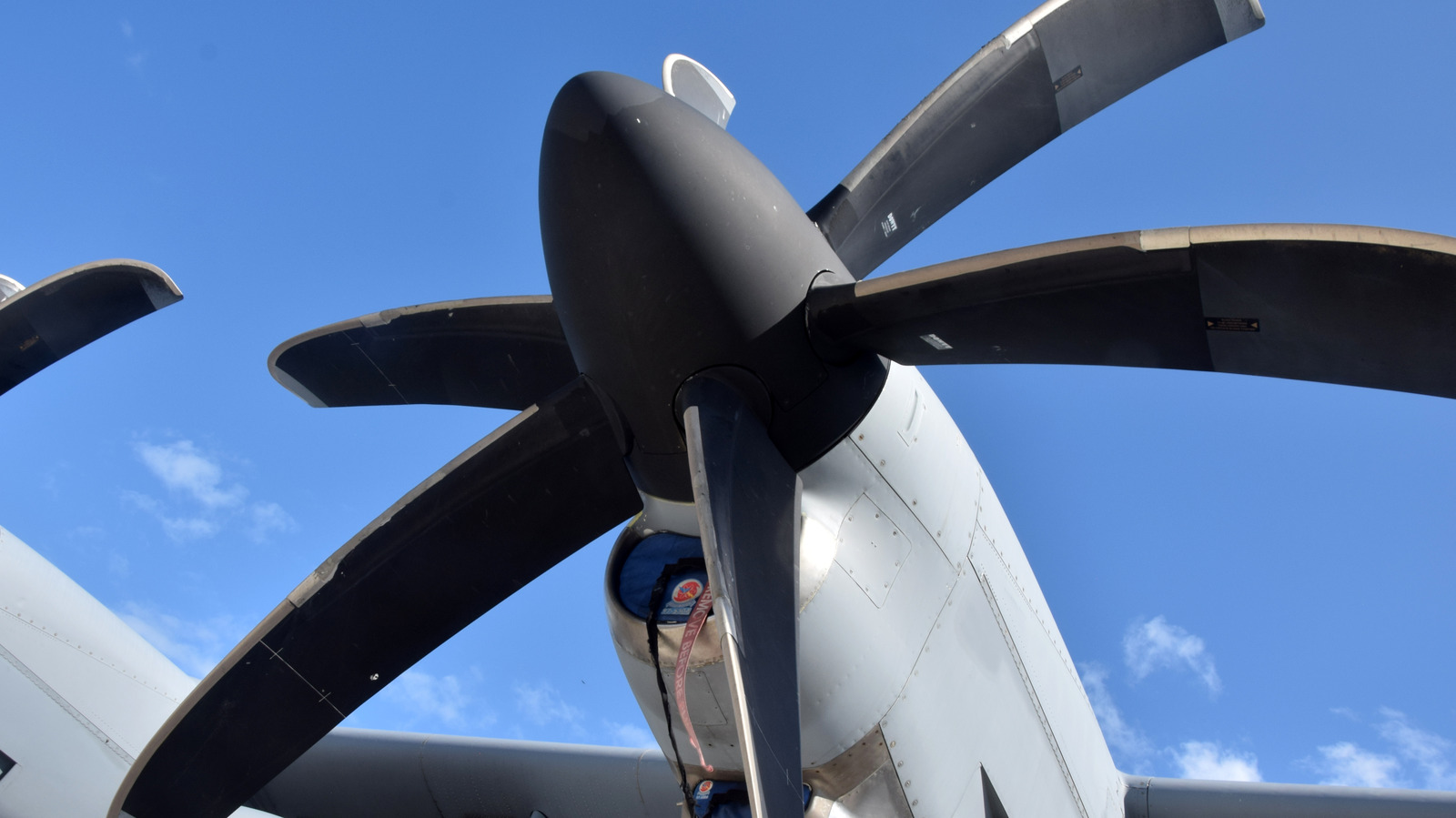The most significant advantage of the piston engine is its affordability. These engines are cheap to acquire and maintain, making them ideal for private aircraft operators and flying schools. They’re also a bit more versatile, as some specially modified engines could use automotive fuel, provided they have a supplemental type certificate approving their use.
Another advantage of the piston engine is its ease of use. Almost all pilots start training on a piston-engined aircraft, meaning many know how to operate one. When I flew a piston-engined Cessna 152, its Lycoming engine responded instantly to my throttle inputs, meaning I got instantaneous engine response whenever I added or reduced power.
However, piston engines have some disadvantages, too. First is its fuel choice, which still contains lead and is terrible for the environment. While the FAA is working to eliminate lead from aviation fuel, it is still five years from hitting its 2030 goal. Another disadvantage of the piston engine is its performance — or lack thereof. Piston engines rely on oxygen to efficiently burn fuel, but as you fly higher, there’s less oxygen in the air. Most piston-engined aircraft would have difficulty flying at airliner altitudes.
Furthermore, piston engines have many moving parts that go in different directions, thus making them more complicated and rougher than turboprop engines.


